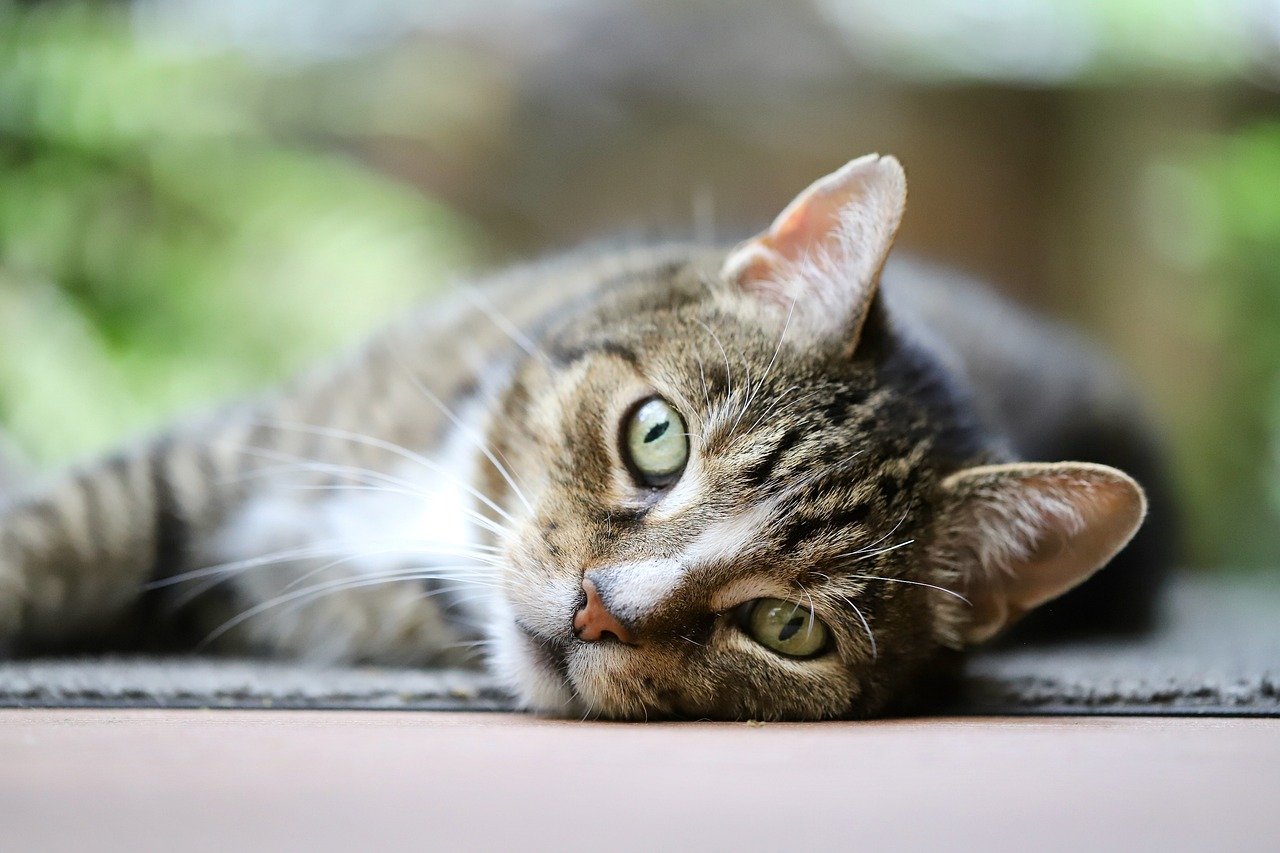Share This Article
Proper hydration is a fundamental aspect of maintaining your cat’s health. Unlike humans, who are often conscious of their water intake, cats may not always drink enough water on their own. Dehydration can lead to serious health issues, including kidney disease and urinary tract problems. Ensuring that your cat stays hydrated is crucial for their overall well-being. Here’s a comprehensive guide to understanding why hydration matters and how you can encourage your feline friend to drink more water.
Why Hydration is Crucial for Cats
- Supports Kidney Function: Adequate water intake helps the kidneys filter waste products from the blood and maintain a proper balance of electrolytes. Chronic dehydration can lead to kidney disease, which is common in cats.
- Prevents Urinary Tract Issues: Proper hydration helps dilute urine, reducing the risk of urinary tract infections and the formation of crystals and stones.
- Aids Digestion: Water is essential for digestion and nutrient absorption. It helps prevent constipation and maintains healthy bowel movements.
- Maintains Overall Health: Water is vital for various bodily functions, including temperature regulation, joint lubrication, and skin health.
Signs of Dehydration in Cats
Recognizing the signs of dehydration can help you address the issue promptly. Common signs include:
- Lethargy or Weakness: A dehydrated cat may seem unusually tired or weak.
- Dry Mouth and Gums: Check your cat’s mouth and gums; they should be moist. Dry or sticky gums are a sign of dehydration.
- Sunken Eyes: Dehydrated cats may have sunken or dull-looking eyes.
- Skin Tenting: Gently pinch the skin at the back of your cat’s neck. If it doesn’t return to its normal position quickly, it may be a sign of dehydration.
- Reduced Urination: Less frequent urination or concentrated, dark-colored urine can indicate dehydration.
Ways to Encourage Your Cat to Drink More Water
- Provide Fresh, Clean Water Daily:
- Regular Refills: Ensure your cat always has access to fresh water. Change the water daily and clean the bowl regularly to prevent bacteria growth.
- Multiple Water Bowls: Place several water bowls around your home to make it easier for your cat to find and drink.
- Use a Cat Water Fountain:
- Flowing Water: Many cats prefer running water, which may encourage them to drink more. Cat water fountains provide a continuous stream of fresh water, which is more appealing to some felines.
- Filtered Water: Water fountains often have filters that remove impurities and keep the water clean.
- Incorporate Wet Cat Food:
- Higher Moisture Content: Wet cat food contains significantly more moisture than dry food. Incorporating wet food into your cat’s diet can increase their overall water intake.
- Hydration Boost: You can also add a small amount of water or low-sodium chicken broth to your cat’s wet food to further boost hydration.
- Add Water to Dry Food:
- Mixing: If your cat prefers dry food, consider adding a bit of water or broth to their kibble. This can make the food more appealing and increase their fluid intake.
- Offer Ice Cubes or Ice Chips:
- Fun and Refreshing: Some cats enjoy playing with and licking ice cubes or ice chips. This can be a fun way to encourage your cat to drink more water, especially on hot days.
- Use Flavor Enhancers:
- Broth and Tuna Juice: Adding a small amount of low-sodium chicken broth or the juice from canned tuna (in water) to your cat’s water bowl can make it more enticing. Ensure that the added flavoring doesn’t contain any harmful ingredients like onions or garlic.
- Monitor and Encourage Hydration:
- Observe Drinking Habits: Pay attention to how much water your cat is drinking and adjust their diet and environment as needed.
- Encouragement: Gently encourage your cat to drink more if you notice signs of dehydration. You can do this by placing them near their water source or offering it during playtime.
When to Seek Veterinary Help
If you notice persistent signs of dehydration or if your cat is refusing to drink water despite your efforts, it’s important to consult a veterinarian. Dehydration can be a symptom of underlying health issues, such as kidney disease or diabetes, which require professional diagnosis and treatment.
Conclusion
Ensuring your cat stays hydrated is vital for their overall health and well-being. By providing fresh water, incorporating wet food, using water fountains, and monitoring their hydration, you can help prevent dehydration and support your cat’s health. If you have any concerns about your cat’s hydration or notice any unusual symptoms, don’t hesitate to seek veterinary advice.
Hydration is a key component of feline health that can often be overlooked. Share your own tips and tricks for keeping your cat hydrated in the comments, and let’s work together to ensure our furry friends stay happy and healthy!


